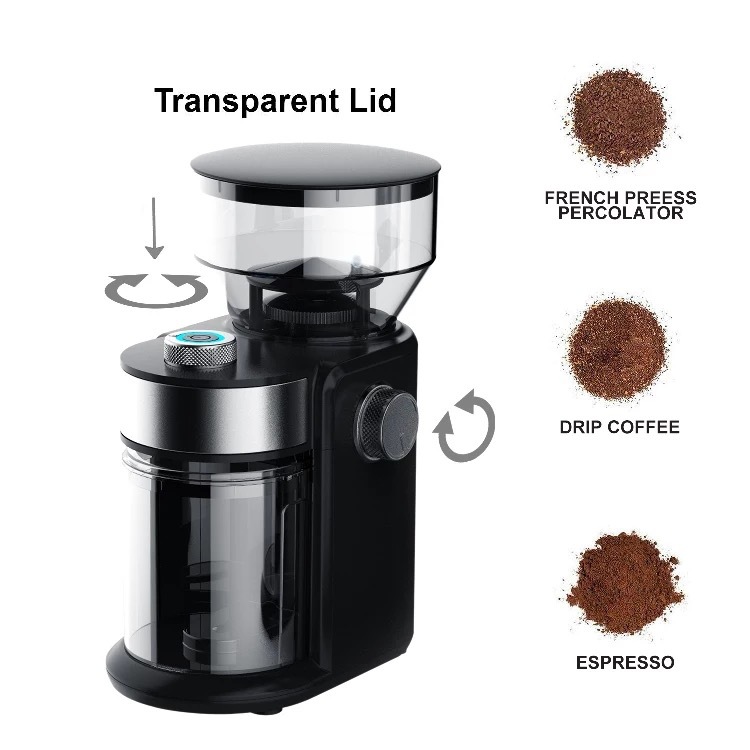Coffee is a daily necessity for millions of people around the world, and for many, the day doesn’t really begin until that first cup. With the increasing popularity of coffee machines, their power consumption must be considered. In this blog, we’ll look at how much electricity your coffee maker uses and give you some energy-saving tips.
Understanding Energy Consumption
The energy consumption of coffee machines varies, depending on a number of factors such as their type, size, features and purpose. Let’s take a look at some common types of coffee makers and how much power they typically use:
1. Drip coffee machine: This is the most common type of coffee machine in the home. On average, a drip coffee maker uses about 800 to 1,500 watts per hour. It is worth noting, however, that this energy expenditure occurs during the brewing process, which typically lasts about 6 minutes. After brewing is complete, the coffee machine goes into standby mode and consumes significantly less power.
2. Espresso machines: Espresso machines are more complex than drip coffee machines, and generally more power-hungry. Depending on the brand and features, espresso machines draw between 800 and 2,000 watts per hour. Additionally, some models may have a heating plate to keep the mug warm, further increasing energy consumption.
3. Coffee machines and capsule machines: These coffee machines are popular for their convenience. However, they tend to use less energy than larger machines. Most pod and capsule machines consume about 1,000 to 1,500 watts per hour. The energy savings are due to the fact that these machines heat a smaller volume of water, reducing overall consumption.
Coffee Machine Energy Saving Tips
While coffee makers do consume electricity, there are ways to minimize their impact on energy bills and the environment:
1. Invest in an energy-efficient machine: When shopping for a coffee maker, look for models with an Energy Star rating. These machines are designed to use less electricity without compromising performance or taste.
2. Use the right amount of water: If you are brewing a cup of coffee, avoid filling the water tank to its full capacity. Using only the amount of water needed will reduce unnecessary energy consumption.
3. Turn off the machine when not in use: Many coffee machines go into standby mode after brewing. However, to save even more energy, consider turning off the machine completely when you’re done. Turned on for a long time, even in standby mode, still consumes a small amount of power.
4. Opt for a manual brewing method: If you’re looking for more sustainable options, consider a manual brewing method, such as a French press or pourover coffee machine. These methods require no electricity and give you complete control over the brewing process.
Coffee makers have become such an important part of our everyday lives that understanding their power consumption is critical to effectively managing energy use. By being mindful of the type of coffee machine we choose and implementing energy-saving tips, we can enjoy our favorite beverage while minimizing our environmental impact and keeping our energy bills in check.
Remember, a great cup of coffee doesn’t have to come at the expense of excess electricity usage. Embrace energy saving practices and start your day with a perfectly brewed cup of guilt-free coffee!
Post time: Jul-24-2023

